By Linnea Ahlgren
Once upon a time, the final customer of the passenger 747-8 was to be Nigerian carrier Arik Air. The order was announced in 2011 with great fanfare. However, fate had other plans. The airline ceased its long-haul operations and, awaiting their return, converted the order to 787-9 Dreamliners instead.
On October 6th, 2011, Nigerian carrier Arik Air was identified as the mystery customer who had placed an order with Boeing for two 747-8 aircraft. The airline, which is one of West Africa’s leading regional carriers, said at the time it intended to operate the jumbojet on “key long-haul routes.” The order was valued at $635 million at list price and injected a breath of air into the fizzling 747 program.
“As we look into the future, the 747-8 Intercontinental is a must-have for Arik Air. Our airline strives to bring the best, most efficient, and most modern products to our customers and that is exactly what this airplane is,” said Sir Arumemi-Johnson, Arik Air’s founder at the time.
The order, which was announced at the Corporate Council for Africa’s8th Biennial U.S.-Africa Business Summit in Washington, D.C, could have kept the 747-8 in production for potentially another year.
Swapped six years later
However, the best-laid plans sometimes come to naught, and in 2017, the airline swapped the order for two 787-9 Dreamliners instead. This change of heart effectively put an end to the 747 passenger program, as the last passenger variant of the iconic quadjet went to Korean Air that same year.
The airline already had an order for seven 787-9s, as well as eight 737 MAXs, and as far as we can tell, it is yet to cancel any of them. However, Arik Air had also placed an order for five 777s in 2007, only to cancel it in 2011.
Long-haul put on pause
Arik Air operates out of two main hubs: Murtala Mohammed International Airport in Lagos and Nnamdi Azikiwe International Airport in the capital of Abuja. At the time of the 747 order, Arik Air was flying to London Heathrow, New York, and Johannesburg with a fleet of two A340s.
Between 2013 and 2017, it also operated two A330s, but since September 2017, it no longer has any widebody aircraft in its fleet. Hence, its network has been constricted to regional traffic on the African continent for the past three years. Now it flies a fleet of 12 Boeing 737s and a few Bombardier CRJs and Dash-8s.
However, the carrier has seen a slow-down in its home market in the past few years, and so one could expect it to keep its sights set on a return to the long-haul market. When things return to “normal,” that is.





















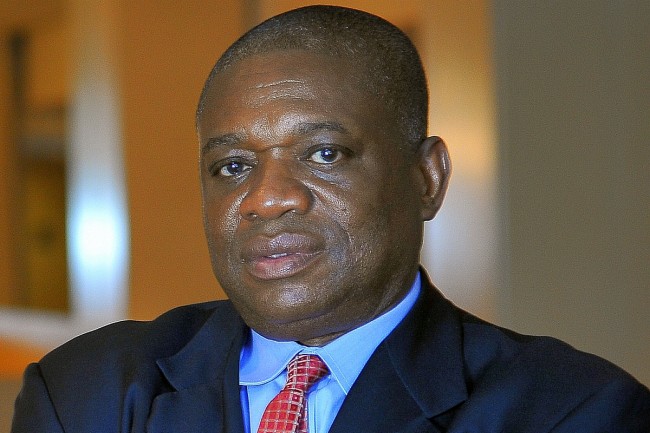
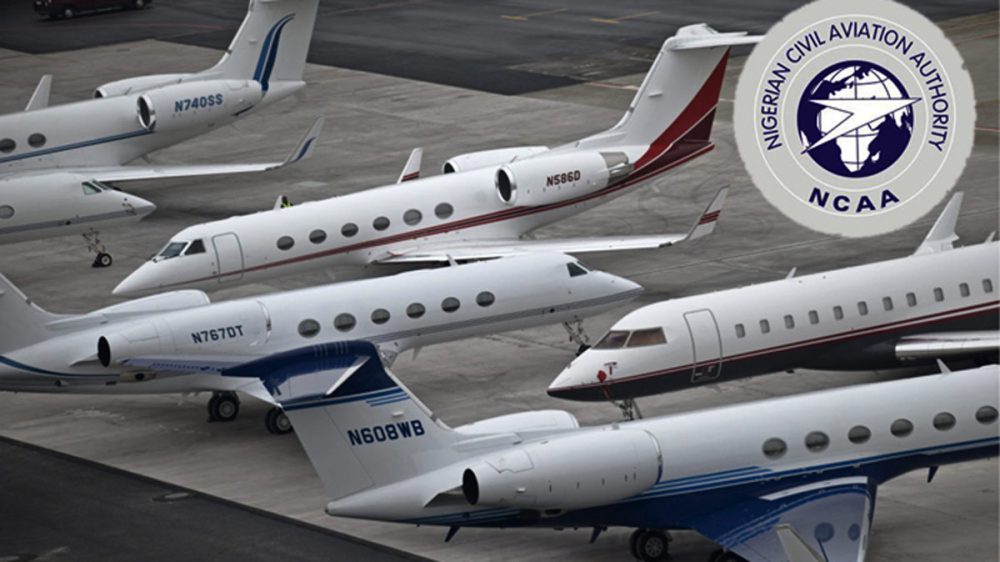
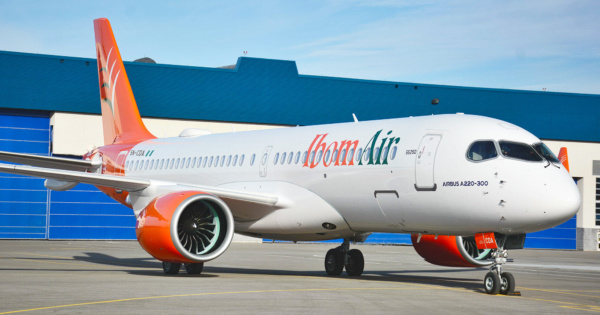

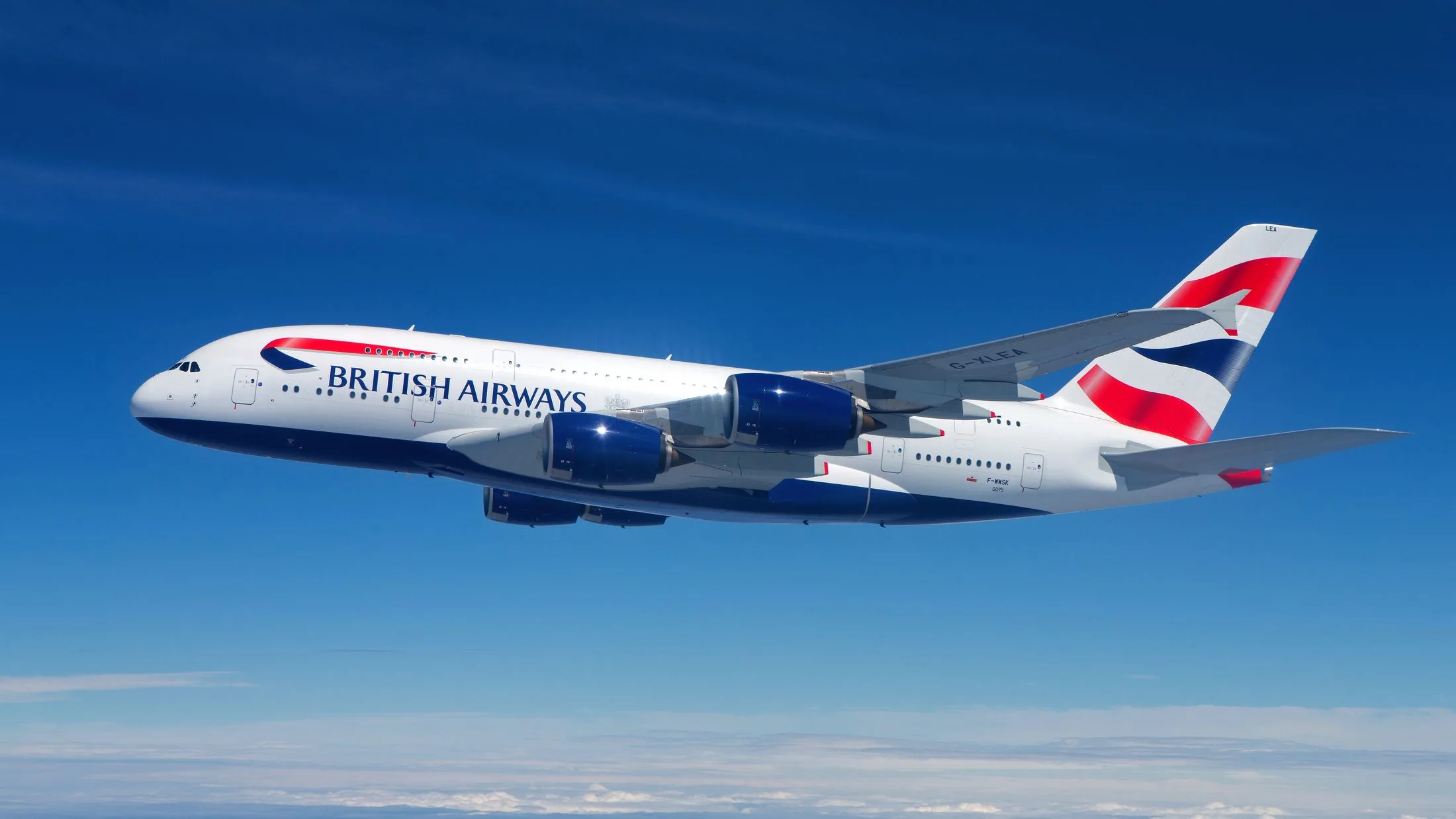

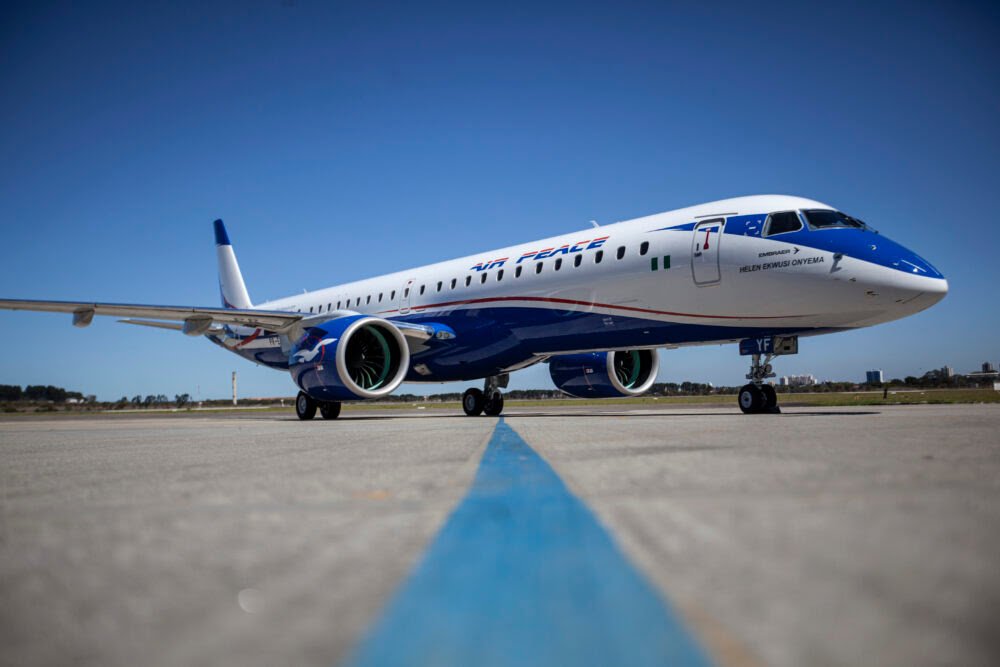
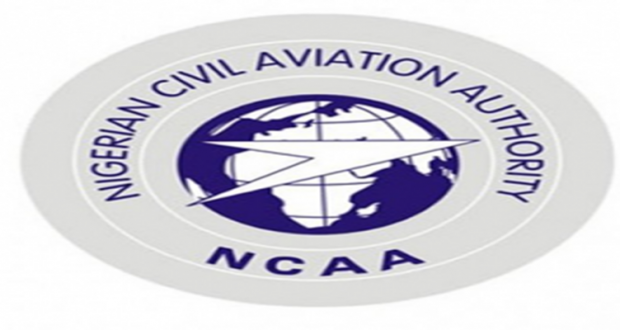

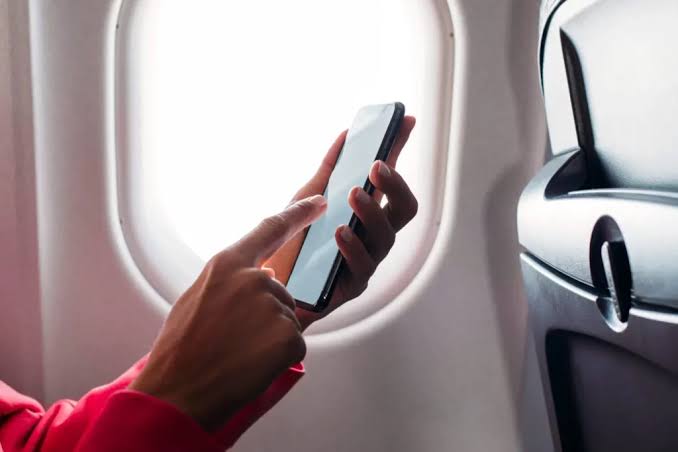
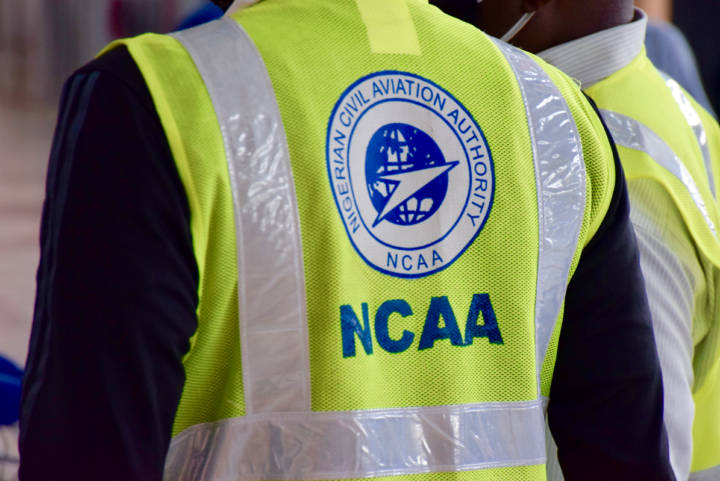





Leave a comment